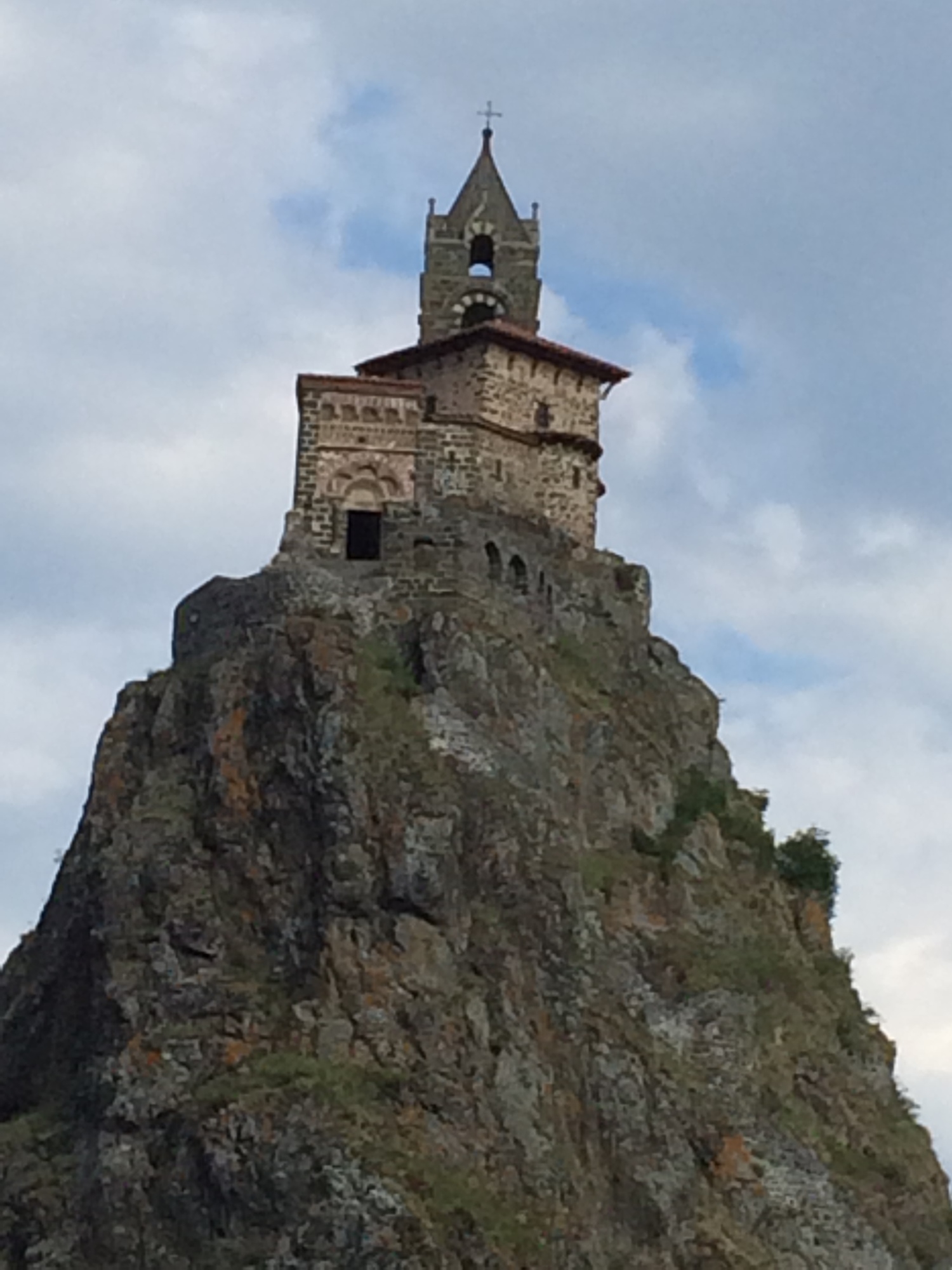This is the view of the cathedral that greeted me on arrival.
We have arrived at the destination we set out for nearly three weeks ago - Santiago.
We arrived late in the day after a long drive. It was raining and the streets of this ancient city were not designed for cars. Further, the city is laid out - at least, the old part of the city where we are staying - like a rabbit warren.
The next day we go to see the cathedral. I am disappointed. Everyone who has given me advice about coming here has spoken of the beauty of the cathedral's facade. When we arrive, the facade is completely unavailable for viewing as it is under rennovation.
Is this a metaphor for our times?
We went into the cathedral and though it is massive, almost beyond belief, and impressive, it is not to be compared in beauty to some of the other cathedrals we have seen. What is impressive are the pilgrims who are here. They have arrived from all over the world it seems. The plaza in front of the cathedral is teeming with groups of pilgrims who were celebrating their arrival. One trio of women asked us to take their pictures. They were from Germany.
This is a photo of a portion of the processional. Notice the huge censor hanging in the upper left of the picture.
Inside the cathedral there was a long line, well over a hundred people, waiting to have a few seconds to touch the statue of St. James situated behind the high altar. The crypt where his alleged bones reside is barely visited. This is a puzzle to me.
We go into the cathedral shop and there I see a book that makes me think of the direction much of religion has gone in our time: quick and easy.
This is the censor as it is being pulled into place to begin its wildly swinging arc through the cathedral.
We left the cathedral and went to explore other aspects of this city and its culture. Again I am struck by the sheer number of pilgrims we encounter. There are hundreds of them.
On Sunday morning we have decided to return to the cathedral to attend one of the many masses that will be held today. When we arrive, we are denied entrance into the cathedral as there is a service in progress. We go to stand in line to be admitted later.
When we do finally gain entrance, the place is packed. There are probably two thousand people in the cathedral. There is no place to sit so we have to stand for the entire service. The procession begins and at least fifty priests enter to assist in the mass. It turns out to be a most welcoming service. Pilgrims are greeted in many different languages. It is clear that, in addition to pilgrims, there is a congregation of "regulars" to whom the priest directs his remarks when he gives his homily. The service ritual is rich and the organ music is powerful. I am thinking as the mass is being celebrated that there is no way this "congregation" of several thousand will be served the host. I am wrong. This is why there is such a large contingent of priests. It is so that everyone who so desires can receive.
At the end of the service, a group of eight or ten men, all in vestments of some sort, lower the huge censor that hangs in the center of the cathedral. Some of the priests open it and ignite the incense. Then, they raise and lower the censor in such a way that it begins to swing back and forth from one end of the cathedral to the other. Smoke pours from it as it swings almost to the top of the cathedral. It is a most spectaculor event and the congregation is clearly spellbound. When it ends, everyone is clearly appreciative. We had been led to believe that this is something that occured rarely.
The service ends. My appreciation for the cathedral, the welcoming worship it offers and the persons who make up this congregation deepens. This feels like a fitting climax to the journey we have been on.
This is likely my last post about our "camino" until we return home. Perhaps on the journey home I'll have reflections to add. At this point I feel that our journey to Santiago de Compostella has been both gratifying and satisfying.
Much love,
Bill Kerley
Santiago de Compostella





























































